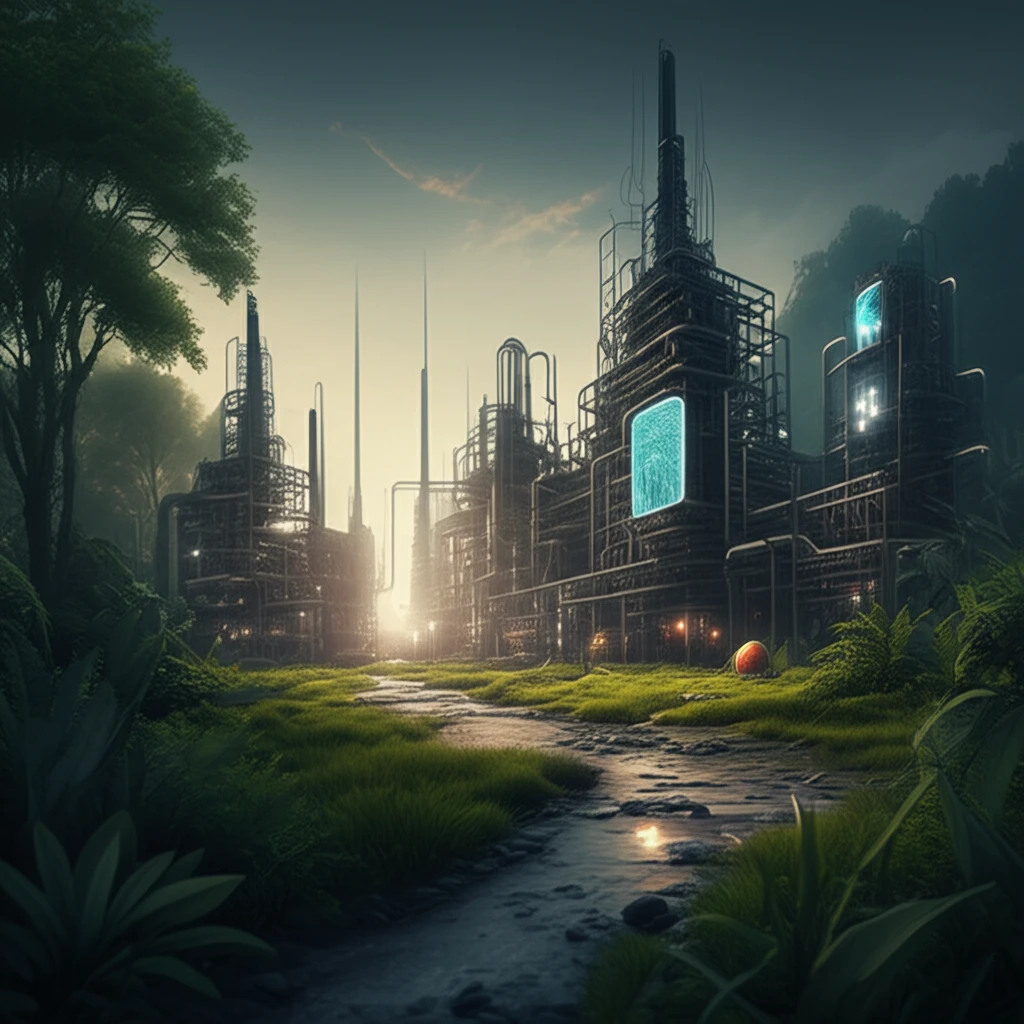
Pervaporation: The Eco-Friendly Separation Technology Revolutionizing Industries
"Discover how pervaporation, a sustainable membrane-based technology, is reshaping industries by offering energy-efficient and cost-effective separation solutions for a greener future."
In an era defined by increasing environmental concerns and the urgent need for sustainable industrial practices, separation and purification processes are undergoing a radical transformation. Traditional methods, often energy-intensive and reliant on harmful chemicals, are gradually making way for innovative, eco-friendly technologies. One such technology is pervaporation, a membrane-based separation technique poised to revolutionize various industries.
Pervaporation offers a compelling alternative to conventional separation methods, boasting numerous advantages. Its high energy efficiency, compact footprint, and clean isothermal operation system—free from the use of chemicals and reactions—align perfectly with the principles of green and sustainable chemistry. By minimizing waste, saving energy, and potentially achieving zero emissions, pervaporation is helping industries move towards a more environmentally responsible future.
Since its conceptualization in the early 20th century and subsequent development in the latter half, pervaporation has evolved from a niche technique to a commercially viable solution, particularly in the dehydration of organic solvents. Today, as research continues to refine membrane materials and expand its applications, pervaporation is set to play an increasingly crucial role in water purification, organic-organic liquid separation, and beyond.
What is Pervaporation and How Does it Work?

Pervaporation is a membrane separation process specifically designed for liquid mixtures. Unlike methods such as distillation or adsorption, pervaporation utilizes a semi-permeable membrane to selectively separate components from a liquid feed. The process involves maintaining a pressure on the permeate side of the membrane that is lower than the saturation pressure of the components, achieved either through a vacuum or by sweeping with a carrier gas.
- Sorption: The feed components selectively dissolve into the membrane based on their affinity for the membrane material.
- Diffusion: Components diffuse across the membrane, driven by a concentration gradient.
- Evaporation: The separated components evaporate from the permeate side of the membrane, where they are then condensed and collected.
The Future of Pervaporation
As environmental sustainability becomes a paramount concern for industries worldwide, pervaporation stands out as a promising separation technology with the potential to drive significant change. Its unique benefits—reduced energy consumption, waste minimization, and adaptability to various separation challenges—position it as a cornerstone of future green industrial practices. Ongoing research efforts aimed at refining membrane materials, optimizing process conditions, and expanding the range of applications promise an even more transformative impact, paving the way for a cleaner, more sustainable industrial landscape.
